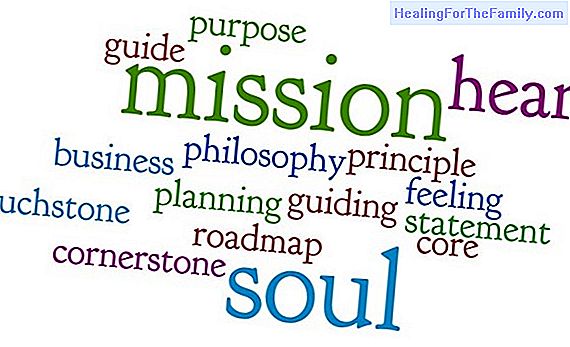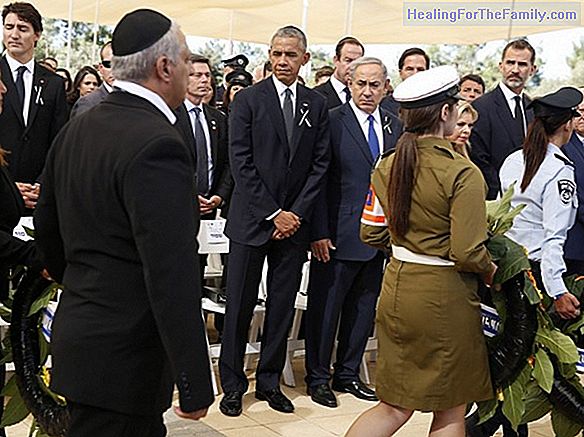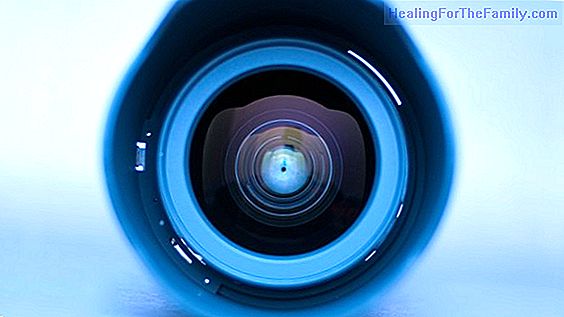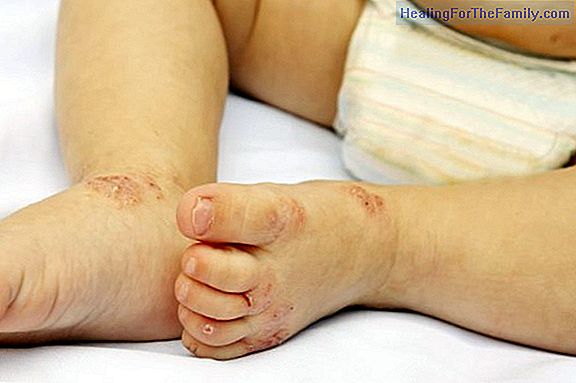Amblyopia in children: patch vs visual therapy
Amblyopia can be treated in different ways. Really the most extended treatment or perhaps the most known parents is the treatment through the patch, that is, the total occlusion. It is about trying that the good eye receives absolutely no light, so that the bad eye can try to see well and therefore
Amblyopia can be treated in different ways. Really the most extended treatment or perhaps the most known parents is the treatment through the patch, that is, the total occlusion. It is about trying that the good eye receives absolutely no light, so that the bad eye can try to see well and therefore gain that visual acuity that will allow to see the details.
However, behavioral optometry does not contemplate this option for the lazy eye, but rather proposes other treatments so that both eyes can work together.
Visual exercises to treat amblyopia
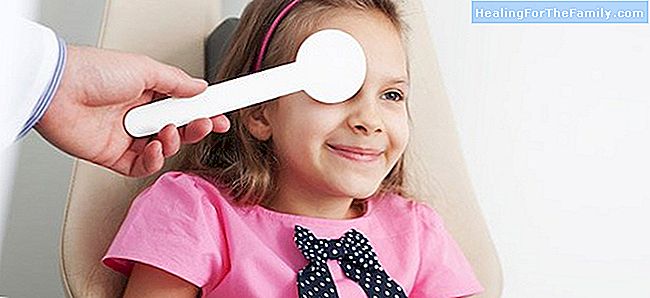
Optometry opts for a different treatment to ophthalmology referring to amblyopia. Optometrists believe that if one eye is covered the brain is never learning to work with both eyes.
For them there are other types of treatments: La -
visual therapy, which is becoming increasingly known, in which we try to assess what is the origin of the lazy eye or what are the skills that are reduced to be able to carry out a more personalized treatment. What they do are visual exercises dedicated to improving the focusing ability of the bad eye. -
Contact lenses: in case the problem is not the focus but the problem is that the graduation of both eyes is very different, in the end the brain tries to unite these two images. If one image is clearly of a lower quality than the other, the brain is going to stay with only the good image with which it is very possible that that bad eye is growing more and more. Behavioral optometrists are in favor of the use of contact lenses in front of glasses in these cases. They understand that the contact lens is not a simple aesthetic method but is a treatment, and as such, we must assess what are the benefits that will provide us and if there is any type of contraindication. Therefore, in addition to exercises with the eyes, contact lenses would be another treatment method. Video about the treatment of the widepipe according to the optometrists
With the collaboration of María Valencia Sandonís
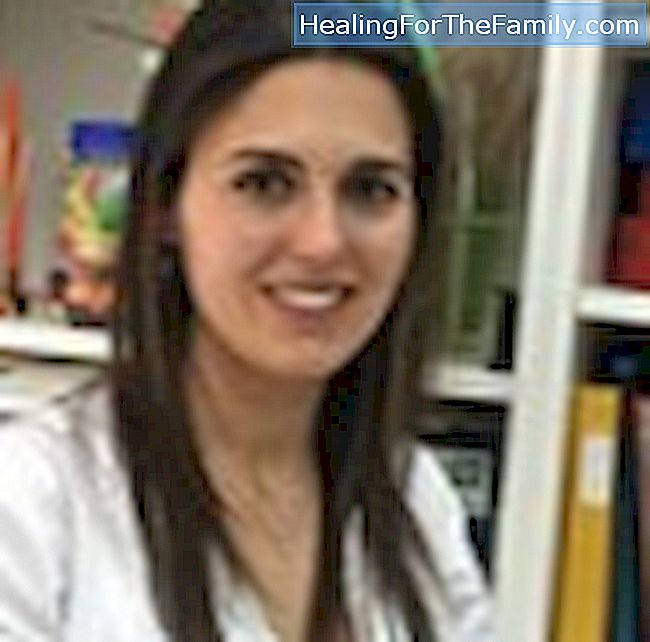
Optician and optometrist
ISAVI, Institute of Visual Health


